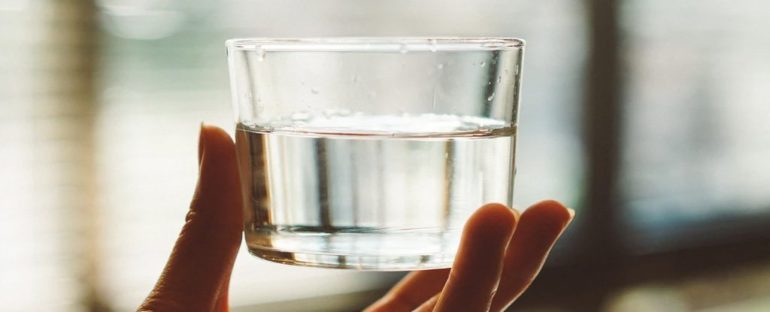Removing salt from seawater to make it safe to drink means overcoming a number of scientific challenges, including optimising the membrane used for the desalination process – and new research into these membranes promises to make the whole operation cheaper and more accessible in the future.
Scientists have figured out a way of potentially making membranes 30-40 percent more efficient in terms of the energy required to filter water. The key to their approach lies with the density of the membranes at a nanoscale level.
In a new study, the team outlines how keeping the density of membranes consistent is more important than the thinness of the membrane itself. This can improve the water cleaning technique known as reverse osmosis, where minerals are caught and removed by a membrane through the use of pressure.
Nanoscale 3D membrane mapping revealed the importance of consistent density. (Enrique Gomez/Penn State)
“Reverse osmosis membranes are widely used for cleaning water, but there’s still a lot we don’t know about them,” says environmental engineer Manish Kumar from the University of Texas at Austin.
“We couldn’t really say how water moves through them, so all the improvements over the past 40 years have essentially been done in the dark.”
To get a clearer look at these membranes, Kumar and his colleagues used a multimodal electron microscopy technique – combining an analysis of chemical composition with 3D mapping at the nanoscale level – to model how efficiently water could be cleaned.
The research was prompted by the observation that thicker membranes were often better at the job of desalination, which is counter-intuitive considering there’s more material for the water to push through.
What the modelling revealed was that inconsistencies and ‘dead zones’ in the membrane played a bigger role than thickness.
Get the density of the membranes evenly distributed, and more water can be cleaned with less energy, the researchers suggest – saving money for large-scale corporations and small-scale consumers alike, and enabling greater access to the technology.
“You can see how some places are more or less dense in a coffee filter just by your eye,” says chemical engineer Enrique Gomez, from the Pennsylvania State University.
“In filtration membranes, it looks even, but it’s not at the nanoscale, and how you control that mass distribution is really important for water-filtration performance.”
Producing fresh water is vital not just for public health, but also for use in agriculture and energy production. Billions of gallons of water are cleaned up every year, so efficiency improvements of 30-40 percent could make a huge difference.
The ability to map membranes at such a small resolution – less than half the diameter of a DNA strand in this case – means scientists now have a much better understanding of what makes a membrane better at reverse osmosis. That in turn should inform future research into improving efficiencies even further.
There are numerous ways of cleaning salt water to use it for other purposes, but the membrane approach is already one of the most efficient. Researchers are now looking at ways in which it can continue to be improved and customised for specific uses.
“Fresh water management is becoming a crucial challenge throughout the world,” says Gomez. “Shortages, droughts – with increasing severe weather patterns, it is expected this problem will become even more significant.”
“It’s critically important to have clean water availability, especially in low-resource areas.”
The research has been published in Science.



